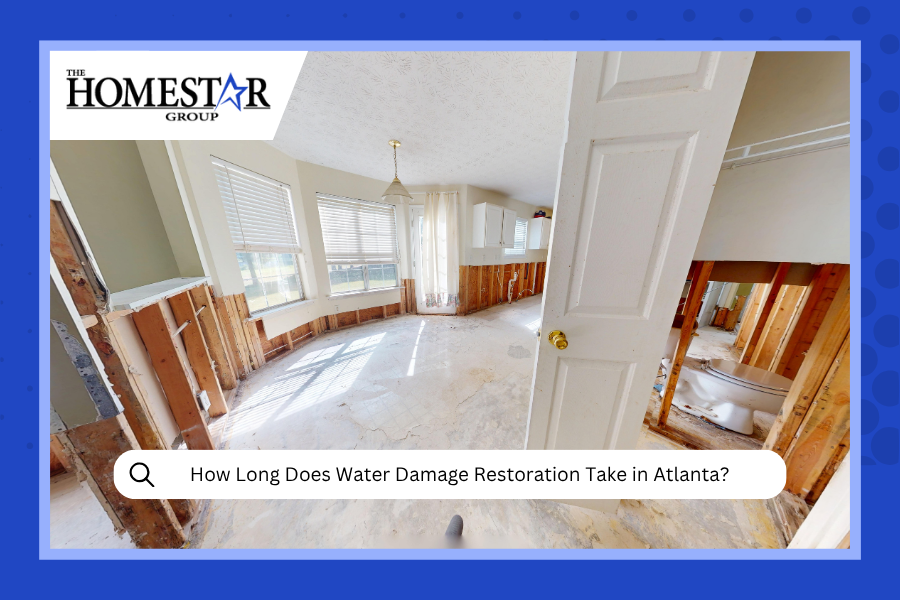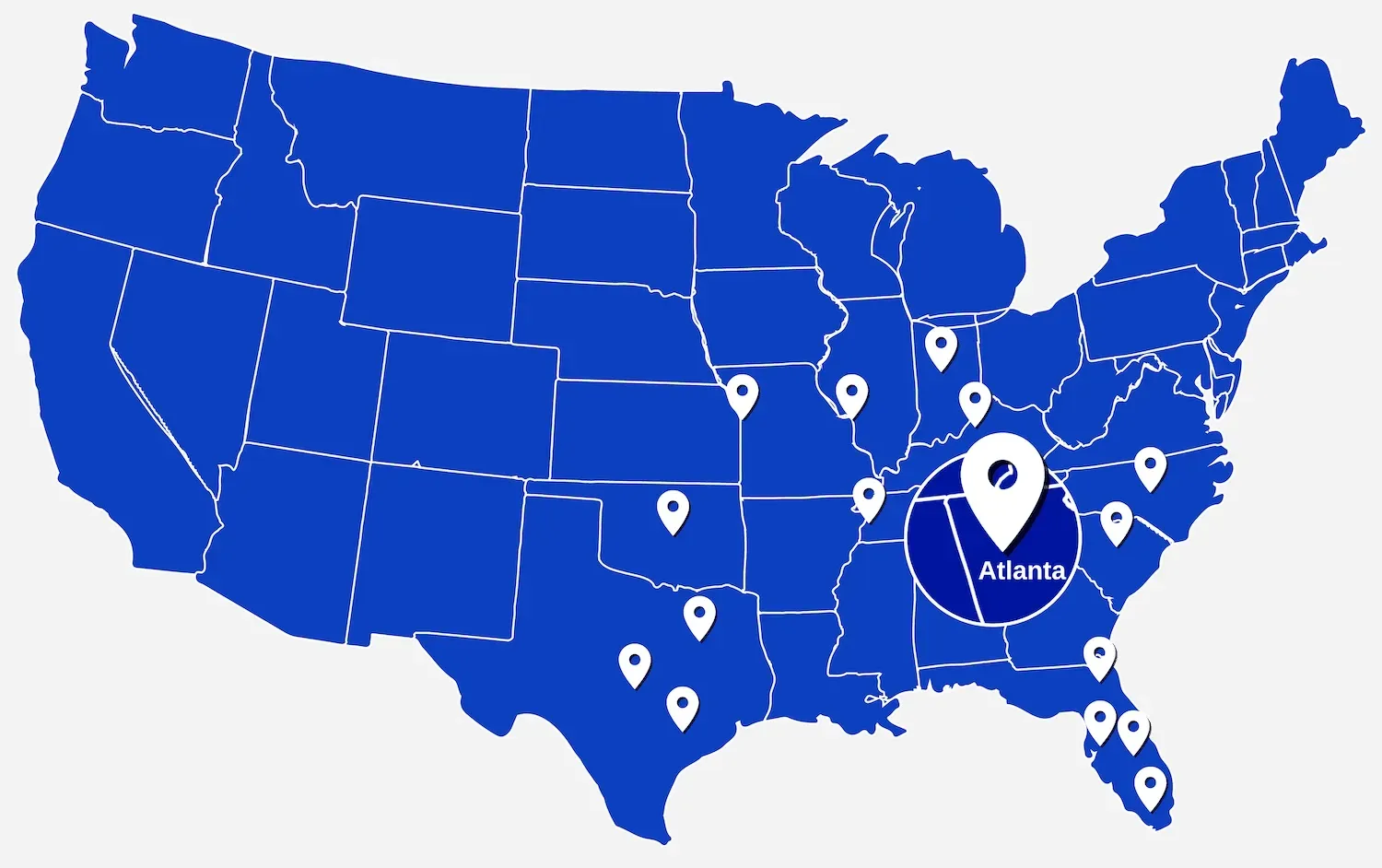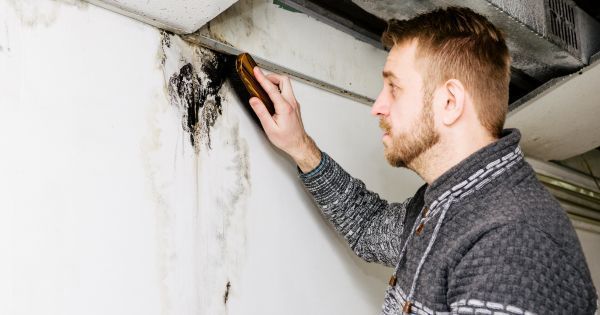
How to Kill Mold on Drywall Surfaces
If you're dealing with mold on your drywall, you're not alone. Mold growth can be a common problem, especially in areas with high humidity. Mold not only looks unpleasant but can also pose health risks if left untreated. In this guide, we'll explore how mold occurs on drywall and provide you with several steps for effectively removing it. Plus, if you need professional assistance with mold removal Atlanta, we have a recommendation for you! So, let’s dive in!
How Does Mold Occur on Drywall?
Mold develops and spreads in damp and humid environments, making drywall an ideal target for mold growth. Moisture is the key factor that allows mold to develop on drywall surfaces. This moisture can come from various sources, such as leaks, floods, or even high humidity levels within your home.
When moisture is present on drywall, mold spores in the air can settle and begin to grow. These spores are always present in the environment but need moisture and a suitable surface to colonize and flourish. Drywall provides the perfect conditions for that, as it can easily absorb moisture.
If left unchecked, mold can spread rapidly on drywall surfaces, causing stains and structural damage. But, as you might have guessed, these are not the only consequences of mold growth.
Mold and Health Issues
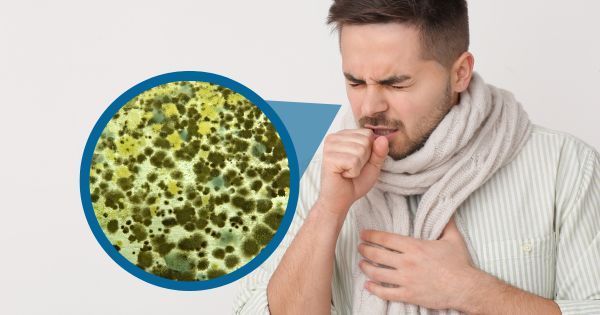
Different types of mold cause health problems, and it's essential to understand the potential risks associated with exposure to mold on drywall surfaces. While not all molds are harmful to health, certain types of mold, such as Stachybotrys chartarum (commonly known as black mold) and Aspergillus, can produce toxins known as mycotoxins, which can cause a range of health issues.
Exposure to mold spores can trigger allergic reactions in sensitive individuals, leading to symptoms such as sneezing, coughing, watery eyes, and skin irritation. For people with asthma or other respiratory conditions, mold exposure can worsen symptoms and make breathing difficult.
In addition to allergic reactions, prolonged mold exposure can also lead to more severe health problems. It has been linked to respiratory infections, sinusitis, and worsening of existing lung conditions. What is more, certain types of mold produce mycotoxins that, when inhaled or swallowed, can cause neurological symptoms, fatigue, headaches, and even long-term health effects.
It's essential to take mold growth on drywall seriously and address it quickly to prevent potential health issues. If you suspect that mold may be causing health problems for you or your family, consult a healthcare professional for guidance and consider seeking help from a mold remediation specialist to address the underlying issue.
Steps for Removing Mold from Drywall
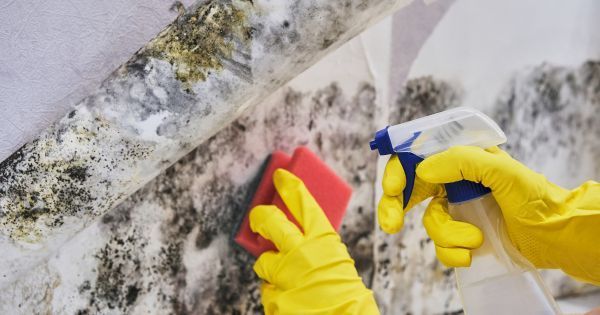
Are you considering removing this foe from your drywall on your own? Before diving into the process of mold removal, it's essential to equip yourself with the necessary knowledge and techniques. For all of those wondering how to kill mold on drywall surfaces, we prepared several steps you can take during the remediation process. From wearing protective gear to monitoring the regrowth, we’ve got you covered.
- Safety First: Before you start the mold removal process, make sure to wear protective gear such as gloves, goggles, and a mask to prevent exposure to mold spores.
- Contain the Area: To prevent the spread of mold spores to other areas of your home, isolate the affected area by sealing off doors and vents with plastic sheeting and duct tape.
- Ventilate the Area: Open windows and doors to promote airflow and help dry out the affected drywall surface.
- Remove Moldy Materials: Use a stiff brush or scrubbing pad to remove surface mold from the drywall. Be sure to discard any moldy materials in sealed bags to prevent further contamination.
- Apply Mold Cleaner: Use a commercial mold cleaner or a mixture of water and detergent to clean the moldy area thoroughly. Scrub the surface until all visible mold is removed.
- Dry the Area: After removing mold from drywall and cleaning, use fans and dehumidifiers to dry out the surface completely. This will help prevent mold from returning. Alternatively, increase your ventilation, use portable heaters or open the windows to promote air circulation.
- Monitor for Future Growth: Keep an eye on the treated area for any signs of mold regrowth. If mold returns, repeat the cleaning process or consider consulting a professional mold remediation service.
By following these steps, you can effectively remove mold from drywall surfaces and prevent it from coming back. Remember to address any underlying moisture issues to prevent future mold growth.
Read About - Mold Prevention Tips That Are Worth Trying
Reach Out to The Homestar Group at (678) 928-5377 for Professional Mold Removal
As you can see, mold on drywall is a common problem that can be effectively dealt with using the right techniques. By understanding how mold occurs on drywall and following the steps outlined above, you can remove mold from your home and ensure a healthy living environment for you and your family. Now that you have the answer to your initial question How do I kill mold on drywall?: you can give it a try. However, if you're dealing with a severe mold infestation or are unsure about tackling the problem yourself, don't hesitate to seek professional assistance.
Our expert team at
The Homestar Group is here to help! Our IICRC-certified experts offer full mold remediation services and ensure that each job is handled with absolute professionalism. You can give us a call at (678) 928-5377 or send us a message by filling out the
contact form on our website. Prevent mold from impacting your home and your family’s health!



